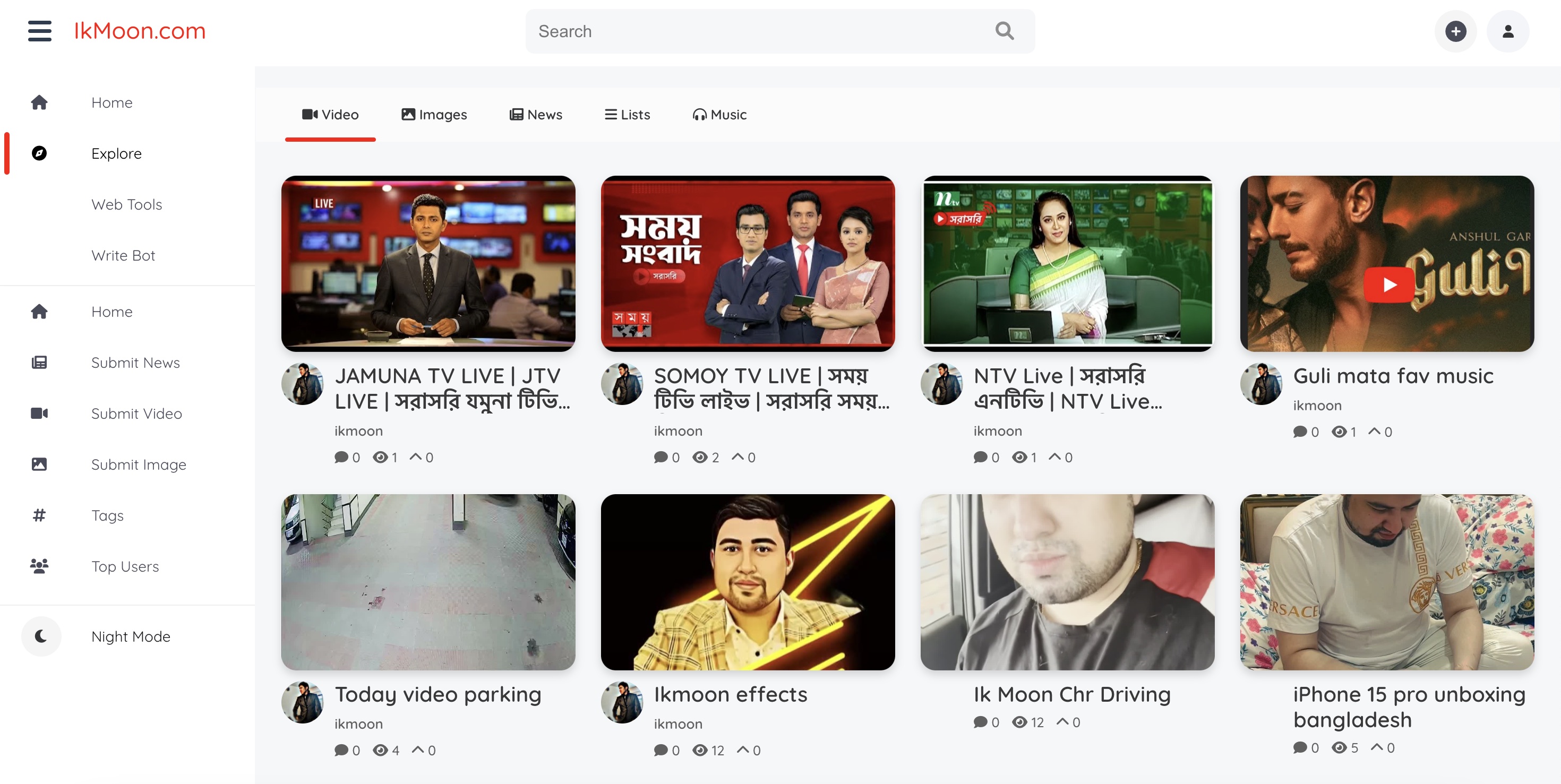NVIDIA Enhances Long-Context LLM Training with NeMo Framework Innovations
The post NVIDIA Enhances Long-Context LLM Training with NeMo Framework Innovations appeared on BitcoinEthereumNews.com. Peter Zhang Jun 03, 2025 03:11 NVIDIA’s NeMo Framework introduces efficient techniques for long-context LLM training, addressing memory challenges and optimizing performance for models processing millions of tokens. NVIDIA has unveiled significant advancements in the training of large language models (LLMs) that can handle millions of tokens, leveraging its NeMo Framework to enhance efficiency and performance. This development addresses the growing demand for models capable of processing extensive context lengths, which is crucial for applications such as video generation, legal document analysis, and AI-driven language translation, according to NVIDIA. Need for Extended Context Lengths As LLMs continue to evolve, the ability to manage and process long sequences of data has become imperative. Models with extended context lengths can maintain coherence across thousands of video frames or manage complex reasoning tasks. NVIDIA’s DeepSeek-R1 and Llama Nemotron exemplify models that benefit from such capabilities, with context lengths reaching over 128K and 10 million tokens, respectively. Challenges in Long-Context Training Training LLMs with long contexts presents significant challenges, particularly in memory management. The computational complexity of transformer-based LLMs increases exponentially with sequence length, making traditional training methods costly. NVIDIA addresses these issues through several innovative techniques within the NeMo Framework. Innovative Techniques in NeMo Framework The NeMo Framework introduces memory-efficient strategies such as activation recomputation, context parallelism, and activation offloading. Activation recomputation reduces memory usage by selectively storing and recomputing activations during training, allowing for longer sequences without exceeding GPU memory limits. Context parallelism (CP) further enhances training efficiency by distributing sequence processing across multiple GPUs. This approach minimizes the memory footprint and computational overhead, enabling the training of models on longer sequences without performance degradation. Activation offloading complements these techniques by transferring intermediate activations and inactive weights to CPU memory, effectively extending GPU memory capacity for large models. Performance and Scalability NVIDIA’s…

The post NVIDIA Enhances Long-Context LLM Training with NeMo Framework Innovations appeared on BitcoinEthereumNews.com.
Peter Zhang Jun 03, 2025 03:11 NVIDIA’s NeMo Framework introduces efficient techniques for long-context LLM training, addressing memory challenges and optimizing performance for models processing millions of tokens. NVIDIA has unveiled significant advancements in the training of large language models (LLMs) that can handle millions of tokens, leveraging its NeMo Framework to enhance efficiency and performance. This development addresses the growing demand for models capable of processing extensive context lengths, which is crucial for applications such as video generation, legal document analysis, and AI-driven language translation, according to NVIDIA. Need for Extended Context Lengths As LLMs continue to evolve, the ability to manage and process long sequences of data has become imperative. Models with extended context lengths can maintain coherence across thousands of video frames or manage complex reasoning tasks. NVIDIA’s DeepSeek-R1 and Llama Nemotron exemplify models that benefit from such capabilities, with context lengths reaching over 128K and 10 million tokens, respectively. Challenges in Long-Context Training Training LLMs with long contexts presents significant challenges, particularly in memory management. The computational complexity of transformer-based LLMs increases exponentially with sequence length, making traditional training methods costly. NVIDIA addresses these issues through several innovative techniques within the NeMo Framework. Innovative Techniques in NeMo Framework The NeMo Framework introduces memory-efficient strategies such as activation recomputation, context parallelism, and activation offloading. Activation recomputation reduces memory usage by selectively storing and recomputing activations during training, allowing for longer sequences without exceeding GPU memory limits. Context parallelism (CP) further enhances training efficiency by distributing sequence processing across multiple GPUs. This approach minimizes the memory footprint and computational overhead, enabling the training of models on longer sequences without performance degradation. Activation offloading complements these techniques by transferring intermediate activations and inactive weights to CPU memory, effectively extending GPU memory capacity for large models. Performance and Scalability NVIDIA’s…
What's Your Reaction?


























![Jermaine Dupri Reacts to Top Strip Club Songs in Atlanta: ‘They Gotta Be Top 5 Over That [Young] Nudy Song’ | Billboard News](https://www.billboard.com/wp-content/uploads/2025/09/billboardnews_jermainedupri_thumb.jpg?w=1024)









